We explain what the North Atlantic Treaty Organization and member countries are. What's more. What are its characteristics and objectives?
What is NATO?
The North Atlantic Treaty Organization (NATO), also known as the Atlantic Alliance, Atlantic Alliance or North Atlantic Alliance, is a military-type intergovernmental alliance . It is based on the terms of the North Atlantic Treaty or Washington Treaty, signed in 1949.
It consists of a collective defense commitment . All member countries agree to act as a bloc in the event that one of them suffers military aggression by a foreign nation. Although his interventions are made in the name of world peace, his international role has been widely questioned.
This organization emerged in the context of the Cold War and was initially little more than a political alliance. However, it gained strength as its member countries became the world's leading capitalist powers.
NATO currently has 29 member countries , 21 collaborating countries within the Partnership for Peace program, and another fifteen in international dialogue programs. The combined military spending of its member countries in 2017 was 52% of total world spending.
NATO history
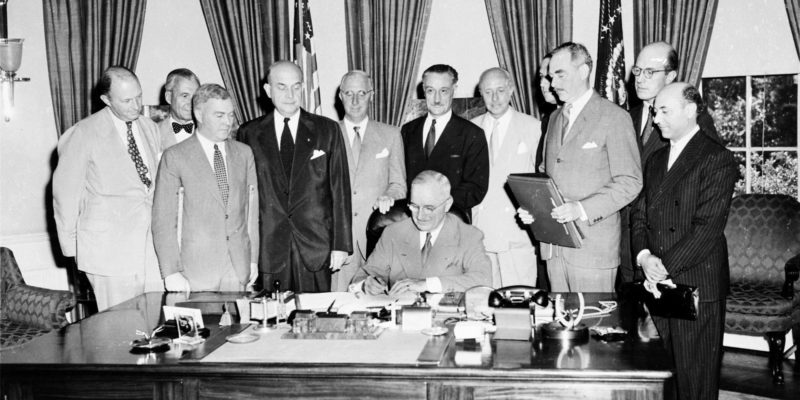
NATO was created in 1949 , right after the Second World War .
It was motivated by the concern of Western powers over the expansion of the Soviet Union 's area of global influence .
The UN , a body created to mediate between countries, could not serve its purposes, since the USSR participated and had the right of veto.
That is why they sought to create an organization that would allow the extension of the military reciprocity treaties of the Western European Union. Thus, NATO was officially created with the signing of the Washington Treaty on April 4, 1949.
Since its foundation , various Western nations began to join , seeking the protection of Western powers. Even the USSR proposed to join NATO, with the aim of maintaining peace in Europe , but was rejected by the member countries. The consequence was the creation of the Warsaw Pact.
Other countries, such as France , withdrew alleging a hidden favoritism between the United States and the United Kingdom, which placed them as the heads of the organization .
NATO founding countries
The countries that initially signed the North Atlantic Treaty were Belgium, Canada, Denmark, the United States, France , Iceland , Italy , Luxembourg, Norway, the Netherlands, Portugal, and the United Kingdom .
NATO objectives
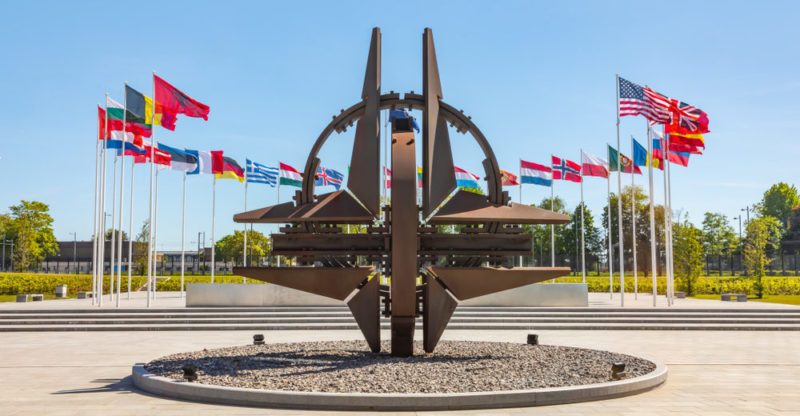
The primary objective of this organization is to guarantee the freedom and security of its member states , through a joint action of political, diplomatic and military means. This is expressed in the following objectives:
- Defend the stability of the Euro-Atlantic area.
- Serve as a forum for consultation on international security issues.
- Guarantee the military protection of the members against any threat.
- Contribute to conflict management and avoid international crises.
- Promote a culture of dialogue and cooperation between the countries of the Euro-Atlantic area.
NATO functions
Since it is a cooperation agreement, NATO has very few forces of its own, so it depends on the work of each of the member countries. However, NATO plays an important role in the direction and correlation of the forces of the member countries.
Among its functions are pointing out common enemies or even activating the reciprocity clause to ask its allies for a defensive retaliation against an external attacker. The latter has only happened once in history , and that was the United States in the 2001 war in Afghanistan.
NATO structure
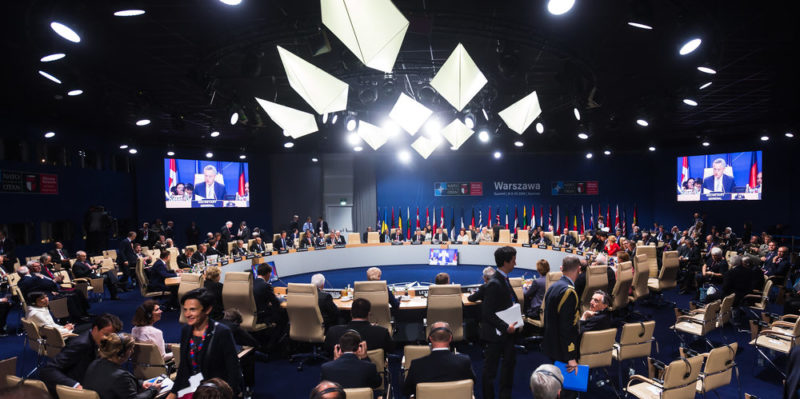
NATO has two structures, depending on its purposes:
- political structure. It is made up of the North Atlantic Council , which meets once a week and represents the authority of NATO. However, the transcendental decisions are made in a meeting with the Heads of Government , Ministers of Defense or Foreign Ministers of the member countries. The leadership of this council is led by a Secretary General elected by the NATO Parliament, that is, its Parliamentary Assembly in charge of leading the body and coordinating its five committees:
- Committee on the Civil Dimension of Security.
- Security and Defense Committee.
- Economy and Security Commission.
- political commission.
- Science and Technology Committee .
- military structure. Militarily, NATO is run by the Military Committee, under the authority of the North Atlantic Council. It is chaired by NATO's highest-ranking military officer, who acts as adviser to the Secretary General. Its decisions on the matter are relayed to two NATO strategic commanders: the Supreme Allied Commander Europe (SACEUR) and the Supreme Allied Commander Transformation (SACT).
official NATO headquarters
 NATO's permanent headquarters is in Brussels, Belgium , where it moved in 1966. Its headquarters were formerly in London, England , then New York, United States, and also Paris, France. Its current building was planned in 1999 and completed in 2017, at a total cost of €1.1 billion.
NATO's permanent headquarters is in Brussels, Belgium , where it moved in 1966. Its headquarters were formerly in London, England , then New York, United States, and also Paris, France. Its current building was planned in 1999 and completed in 2017, at a total cost of €1.1 billion.
NATO military operations
NATO was born at the beginning of the Cold War and operated in a dissuasive manner, as was customary at the time. Its first military operations as such took place after the dissolution of the Soviet Union, and were:
- Military intervention in Bosnia. In retaliation for actions carried out against the Bosnian civilian population by Serb and Croat forces in the former Yugoslavia, NATO forced the regime of Slobodan Milosevic to sign the Daytona Accords.
- Military intervention in the former Yugoslavia. Occurred in 1999, it consisted of the bombing of the Federal Republic of Yugoslavia during the war in Kosovo. These bombings constitute unpunished war crimes that cost the lives of thousands of Yugoslav civilians.
- Military intervention in Afghanistan. Following alliance protocols, NATO participated in the war against terrorist factions known as Al-Qaeda, allegedly responsible for the 9/11 attacks on the US.
- Military intervention in Libya. In 2011, Muammar Gaddafi's regime in Libya clashed with rebel forces seeking to overthrow him and transition to a republic . These forces had French support and especially NATO.
The Warsaw Pact
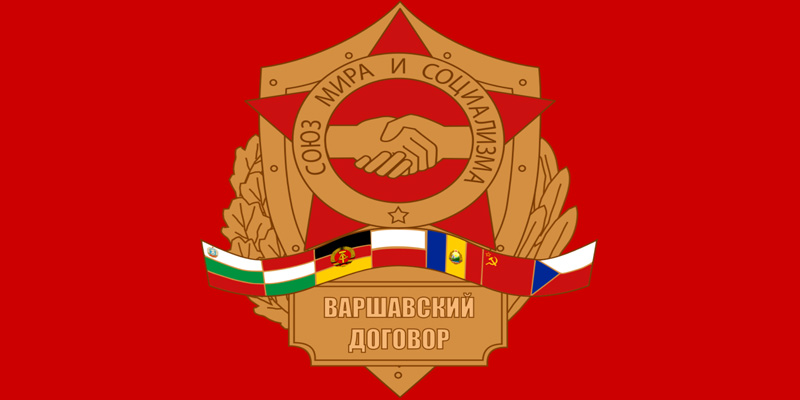 Given the creation of NATO in 1949 and the refusal of the member countries to allow the entry of the USSR, the latter country decided to create its own socialist league. The goal was for it to fulfill the same functions as NATO .
Given the creation of NATO in 1949 and the refusal of the member countries to allow the entry of the USSR, the latter country decided to create its own socialist league. The goal was for it to fulfill the same functions as NATO .The countries that were part of it made up the socialist bloc or Eastern bloc : USSR, the People's Republic of Albania, the Democratic Republic of Germany , the People's Republic of Bulgaria, the Socialist Republic of Czechoslovakia, the People's Republic of Hungary, the People's Republic of Poland and the Socialist Republic of Romania.
This alliance, known as the Warsaw Pact, was called the Treaty of Friendship, Collaboration and Mutual Assistance , and was signed on May 14, 1955 under the leadership of the Soviet Union and its international policy. This pact was dissolved on July 1, 1991.
criticism of NATO
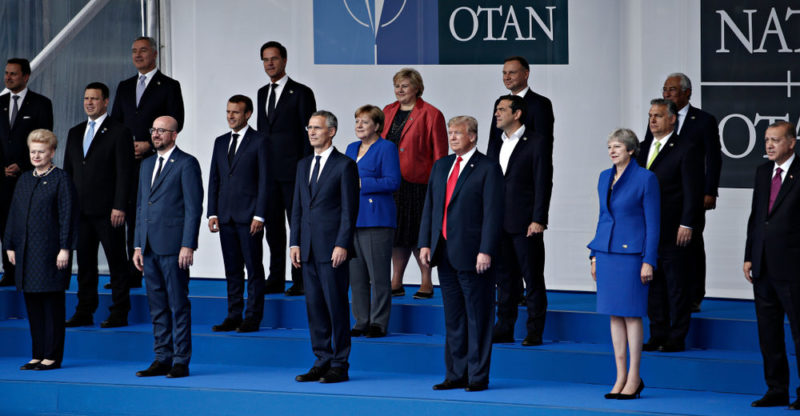 Criticism of NATO was not long in coming. Shortly after its founding, France withdrew after alleging that the organization was in the hands of the United States and the United Kingdom , instead of a tripartite leadership that would benefit more plural interests.
Criticism of NATO was not long in coming. Shortly after its founding, France withdrew after alleging that the organization was in the hands of the United States and the United Kingdom , instead of a tripartite leadership that would benefit more plural interests.In addition, NATO's actions in different conflicts such as its intervention in Libya or in the former Yugoslavia were disapproved by the UN, rejected by international public opinion, and repudiated by UNESCO and various foreign ministers of the world. In general terms, it is a powerful organization, but repudiated .
Countries that make up NATO
Through seven diplomatic expansions, other countries have joined the twelve founding nations:
- First expansion (1952). Greece and Turkey.
- Second expansion (1955). West Germany.
- Third expansion (1982). Spain .
- Fourth expansion (1999). Hungary, Poland and the Czech Republic.
- Fifth expansion (2004). Bulgaria, Slovenia, Estonia, Latvia, Lithuania, Romania.
- Sixth expansion (2009). Croatia and Albania.
- Seventh expansion (2017). Montenegrin.
Other countries are official aspirants to NATO membership, such as Georgia, Macedonia, Bosnia and Herzegovina, Sweden, Ukraine, and Finland.
The above content published at Collaborative Research Group is for informational and educational purposes only and has been developed by referring reliable sources and recommendations from technology experts. We do not have any contact with official entities nor do we intend to replace the information that they emit.
MA student of the TransAtlantic Masters program at UNC-Chapel Hill. Political Science with a focus on European Studies. Expressed ideas are open to revision. He not only covers Technical articles but also has skills in the fields of SEO, graphics, web development and coding. .
Leave a reply
Your email address will not be published. Required fields are marked *Recent post

Sport: What Is It, Types, Risks, Features, Characteristics and Examples

Dogs: Emergence, Features, Characteristics, Feeding and Breeds

Story: Definition, Elements, Structure, Features and Characteristics

